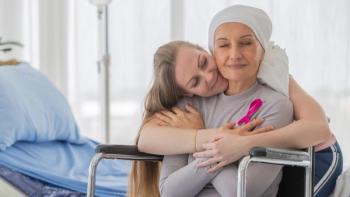
Combination therapy – Can we hit the jackpot?
There has been much news lately about new cancer drugs designed to be given in combination with older drugs – two for breast cancer that probably will be approved by the summer. One of these is the HER2 antibody pertuzumab, which is given in combination with another HER2 antibody, Herceptin (trastuzumab). The other is the mTOR inhibitor Afinitor (everolimus) given with hormonal therapy. The concept of specific therapeutic combinations makes biological sense because there are many intersecting biological pathways that drive cancer. However, our knowledge of these pathways and the specific proteins involved in them is very primitive at the moment, so we don't have a reliable way of finding the spectacular combinations (or secret formulas) that are considered synergistic – that is, where 2 + 2 = 100 in terms of effect. This term is also known in scientific circles as "synthetic lethal," the sort of perfect storm, biologically speaking, where a specific combination of drugs disables cancer cells so effectively that none survive (or just a few in a trillion) so that a patient is effectively cured – or at least can live with advanced cancer with a normal quality and length of life.The latest drugs that will be approved by breast cancer are not quite in this league, but certainly a step in the right direction. To finish the job, we need a combination of innovations in the laboratory and more information from the genetic abnormalities in human cancers. Specifically, systematic DNA and RNA sequencing and in-depth protein analyses of large numbers of cases tumors. It is hard to know if that alone will get us there, but it has become the new holy grail of cancer drugs. Most cancers will probably require "cocktails" of drugs, very much like what it took to successfully treat (but not cure) AIDS. But the cocktail will need to be customized – much like a Chinese herbal formula, but in this case based on the molecular features of the individual cancer. However, there is still a twist. This is termed "intratumoral heterogeneity," or differences between cells of a tumor that can lead to evolution over time, or selection of the fittest cells able to withstand cancer therapy. This is another challenge, but also an opportunity to learn how to develop better treatments. I will discuss this more in my next blog, so stay tuned.




